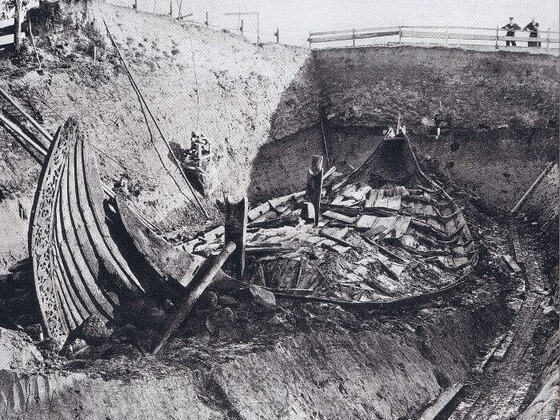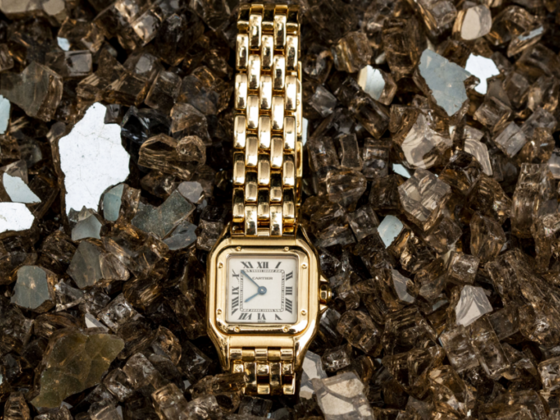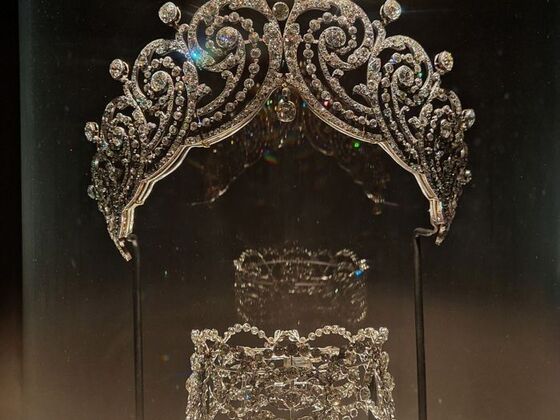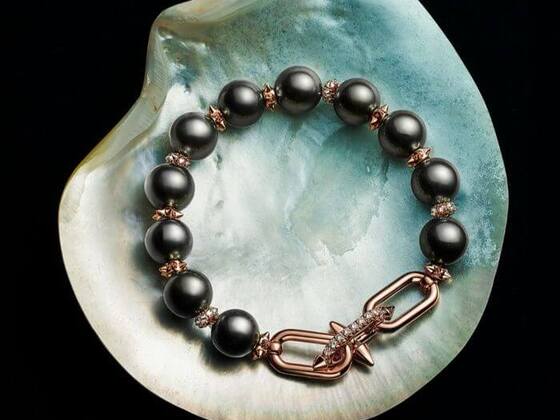The Koh-i-Noor diamond does more than sparkle as a gemstone, it captivates as a living legend. People around the world revere it as one of the most famous and controversial diamonds ever discovered. Its journey through history brims with myth, power, and intrigue, weaving a tale that spans empires and centuries. Today, the British Crown Jewels proudly display the Koh-i-Noor, yet it continues to ignite passionate debates about ownership, colonial legacy, and the very essence of heritage. For gemstone enthusiasts and history lovers, the Koh-i-Noor offers a compelling window into the dynamic intersection of culture, power, and beauty.
What Is the Koh-i-Noor Diamond?
The Koh-i-Noor, whose name translates to “Mountain of Light” in Persian, commands attention not just as a dazzling diamond, but as a legendary jewel with deep roots in Indian history. Originating from the ancient mines of India, this remarkable gem once weighed an astonishing 186 carats. But after its recutting in 1852, it now radiates at just over 105 carats, its brilliance undiminished. Beyond its physical splendor, the Koh-i-Noor captivates with a storied past that has shaped empires, inspired legends, and fueled debates about heritage and value. As a result, it remains a focal point among the world’s most valuable diamonds. And is celebrated by gemstone enthusiasts and historians alike for its enduring mystique and cultural resonance.

Origins and Early History
The exact origins of the Koh-i-Noor diamond are shrouded in mystery, with folklore and myth intertwining with historical fact. Some legends claim the diamond once belonged to the Hindu deity Krishna, stolen from him as he slept. Others link it to the mythical Syamantaka gem, described in ancient Sanskrit texts as an object of immense power and desire.
Archaeological and historical evidence suggests the diamond was likely mined in the Kollur mines of present-day Andhra Pradesh, India, thousands of years ago. Over centuries, the Koh-i-Noor passed through numerous hands, each owner believing in its power to bestow worldly prestige, and, as some would later claim, misfortune.
The Journey Through Empires
From Temple to Treasure: The Koh-i-Noor Diamond’s Early Days
The Koh-i-Noor diamond weaves a dramatic tale of conquest, intrigue, and shifting power that spans centuries. Legends claim that ancient temple artisans first set the diamond as the eye of a goddess statue during the Kakatiya dynasty, believing it would bring divine favor and protection. Invading forces later seized the gem, setting off its remarkable odyssey across empires and royal courts.
Kings, Conquerors, and the Pursuit of Power
Ambitious rulers from many lands pursued the Koh-i-Noor with relentless determination. Hindu kings prized it as a royal talisman, while Mongol conquerors captured it as a trophy of empire. Persian and Afghan rulers fought wars and forged alliances to claim the diamond for themselves. Sikh leaders also recognized its symbolic power and proudly displayed it among their royal treasures.
Mughal Grandeur and the Peacock Throne
The Koh-i-Noor truly shone as a symbol of imperial grandeur under the Mughals. Shah Jahan, the visionary behind the Taj Mahal, commissioned the spectacular Peacock Throne and set the diamond at its center, making the gem a dazzling emblem of Mughal wealth and artistry. Visitors from around the world marveled at the throne’s splendor, with the Koh-i-Noor casting its spell over all who saw it.
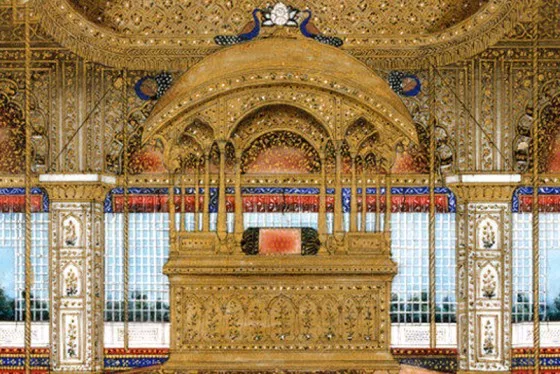
Nader Shah and the Legendary Exclamation
As the Mughal Empire declined, the Persian warlord Nader Shah stormed into Delhi in 1739 and took the diamond for himself. According to legend, when he first beheld its brilliance, he exclaimed, “Koh-i-Noor!” (“Mountain of Light!”); a name that has endured ever since. This dramatic episode highlighted the diamond’s irresistible allure and the lengths to which rulers would go to possess it.
A Legacy of Ambition and Intrigue
Each new owner added to the Koh-i-Noor’s legend, as its brilliance and history fueled ambition and intrigue. The diamond’s journey through empires left a lasting impact on the cultures and histories of every land it touched. Today, the Koh-i-Noor continues to captivate, standing as a powerful testament to the enduring fascination and ambition that legendary gemstones inspire.
The Curse of the Koh-i-Noor Diamond
A Legend Beyond Beauty: The Myth of the Curse
Legends surrounding the Koh-i-Noor diamond reach far beyond its dazzling appearance and extraordinary value. For centuries, storytellers have whispered of a powerful curse attached to the gem, one that particularly targets men. According to folklore, “he who owns this diamond will own the world, but will also know all its misfortunes. Only God or a woman can wear it with impunity.” This ominous warning has shaped the diamond’s reputation and influenced its journey through history.
The Curse in Action: Rulers and Their Downfall
History offers compelling evidence to support the legend. Nearly every male ruler who claimed the Koh-i-Noor for himself met with dramatic misfortune. Some lost their kingdoms to invading armies, while others suffered personal tragedies or untimely deaths. The diamond’s passage from empire to empire often coincided with the downfall of its male owners, reinforcing the belief in its supernatural power. These stories have been passed down through generations, weaving the Koh-i-Noor’s curse into the fabric of its legend.
The British Royal Family’s Response: A Tradition of Caution
Recognizing the power of myth and the weight of history, the British royal family chose to heed the warnings surrounding the Koh-i-Noor. Since its acquisition in the 19th century, only female members of the royal family have been permitted to wear the diamond. This tradition, rooted in both respect for folklore and a desire to avoid the misfortunes associated with male ownership, underscores the enduring influence of the Koh-i-Noor’s legend.
A Legacy of Mystery and Symbolism
The curse of the Koh-i-Noor adds a layer of mystery and intrigue to its already storied past. For gemstone enthusiasts and historians alike, the diamond’s reputation as a bearer of both fortune and misfortune makes it a fascinating subject of study. Its story serves as a reminder of how legends can shape perceptions, influence traditions, and connect the spiritual and material worlds. Whether viewed as a cautionary tale or a symbol of resilience, the Koh-i-Noor’s curse continues to captivate imaginations around the globe.
The British Acquisition and Modern Controversy
Seizure and Surrender: The Koh-i-Noor’s Arrival in Britain
In the mid-19th century, the British East India Company set its sights on the Punjab and the legendary Koh-i-Noor diamond. The diamond became a focal point of imperial ambition after the death of Maharaja Ranjit Singh, when the region descended into turmoil. Following the Second Anglo-Sikh War and the annexation of the Sikh Empire, the British forced the young Maharaja Duleep Singh to sign the Treaty of Lahore in March 1849. This treaty formally surrendered the Koh-i-Noor to Queen Victoria, marking one of the most significant transfers of a cultural treasure in colonial history.
Lord Dalhousie, the Governor-General of India, personally oversaw the handover. He viewed the diamond not as a mere trophy but as a “historical memorial of conquest.” He insisted that the gem be presented directly to the British monarch, rather than as a gift from the East India Company, emphasizing its symbolic value as a spoil of war. The diamond’s journey to England was fraught with drama. Packed in a secure iron box, it traveled under tight security, survived a perilous sea voyage, and finally reached London in 1850.
Royal Reception and Public Display
Upon its arrival, the Koh-i-Noor was formally presented to Queen Victoria at Buckingham Palace. The British public, eager to catch a glimpse of the celebrated gem, flocked to the Great Exhibition of 1851. There the diamond was displayed in a specially designed high-security case. While crowds marveled at its legendary status. However, some were reportedly disappointed by its appearance, expecting even greater brilliance from the “Mountain of Light”. To enhance its fire, the diamond was recut in 1852, reducing its size but increasing its sparkle.
A Crown Jewel and a Controversial Legacy
Today, the Koh-i-Noor diamond sits at the heart of the British Crown Jewels, most notably set in Queen Mary’s Crown. This striking piece features the large, oval-cut Koh-i-Noor surrounded by smaller brilliant-cut diamonds, all set atop a purple velvet cap trimmed with ermine fur. The crown, along with the rest of the Crown Jewels, is displayed at the Tower of London. Where it draws countless visitors each year.
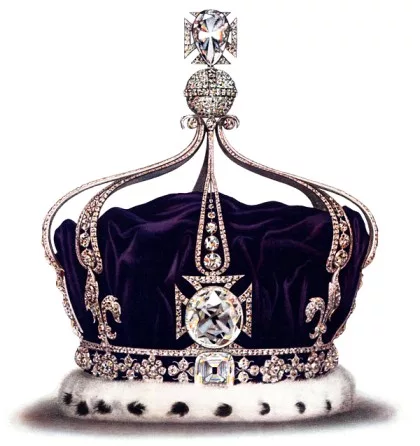
Ongoing Claims and Global Debate
Despite its prominent place in British regalia, the Koh-i-Noor’s presence in the United Kingdom remains deeply controversial. India, Pakistan, Afghanistan, and Iran all assert ownership, each citing historical and cultural ties to the diamond. The British government maintains that the gem was legally acquired under the terms of the Treaty of Lahore. But critics argue that the circumstances of its surrender, involving a child ruler under duress, render the transfer illegitimate.
The debate over the Koh-i-Noor’s rightful home continues to spark passionate discussions about colonialism, restitution, and cultural heritage. For many, the diamond symbolizes the broader legacy of imperial conquest. And this includes the unresolved questions of justice for former colonies. Its story resonates far beyond the world of gemstones. Serving as a powerful reminder of the complex interplay between history, power, and identity.
The Koh-i-Noor Diamond’s Cultural and Political Legacy
The Koh-i-Noor diamond transcends its identity as a dazzling gemstone. It stands as a powerful emblem of contested heritage and cultural memory. Across the globe, people recognize the diamond as a vivid reminder of colonial conquest. And it continues to spark conversations about justice, restitution, and the complexities of historical ownership. The Koh-i-Noor’s mystique does not fade with time. Instead, it flourishes in popular culture, where it appears in films, books, and media as a timeless icon of desire, power, and intrigue.
As a result, the diamond captivates both gemstone enthusiasts and history lovers. Drawing them into its story of ambition, struggle, and enduring allure. This unique blend of beauty and controversy ensures that the Koh-i-Noor remains a central figure in discussions about famous diamonds and the treasures that shape our world.
Frequently Asked Questions (FAQ)
“Koh-i-Noor” translates to “Mountain of Light” in Persian.
While its exact value is difficult to determine, the Koh-i-Noor is considered priceless due to its historical significance and unique provenance.
Legend claims that only women or deities can wear the Koh-i-Noor safely; male owners are said to suffer misfortune or loss of power.
Owners include Hindu dynasties, Mughal emperors, Persian warlords, Afghan rulers, Sikh leaders, and the British royal family.
The debate continues, with multiple nations claiming ownership and calling for its repatriation.
The diamond is part of the British Crown Jewels and can be seen at the Tower of London.
Conclusion
From its mythical beginnings in the ancient mines of India to its current home among the British Crown Jewels, the Koh-i-Noor diamond weaves a narrative rich with power, legend, and enduring controversy. As historians and gemstone enthusiasts trace its journey through empires and across centuries, the diamond captures imaginations and sparks lively debates about ownership, heritage, and the true meaning of value. The Koh-i-Noor not only dazzles with its physical brilliance. But also serves as a powerful symbol of humanity’s timeless attraction to beauty, legacy, and the stories that shape us.
Today, as nations and cultures continue to debate its rightful place. The Koh-i-Noor stands at the heart of a global conversation about history, identity, and the treasures that connect us across generations. Its legacy reminds us that gemstones like the Koh-i-Noor are more than just objects of desire. They are living links to our shared past and to the values we hold most dear. For anyone captivated by the history of famous diamonds or the allure of legendary jewels. The Koh-i-Noor diamond remains an unforgettable icon of mystery, power, and enduring fascination.
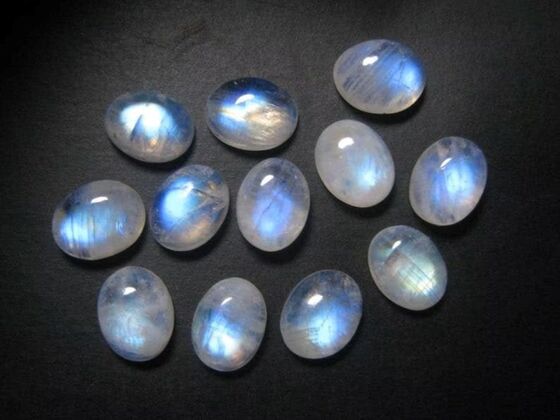
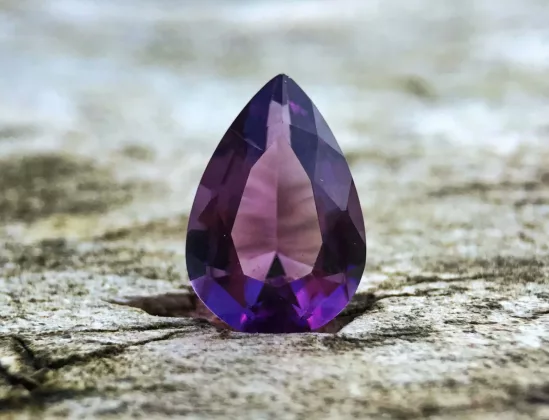
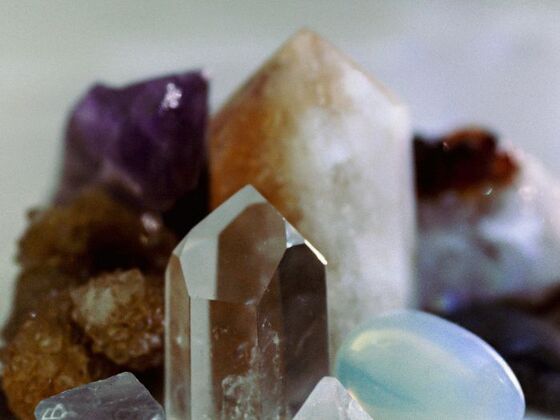
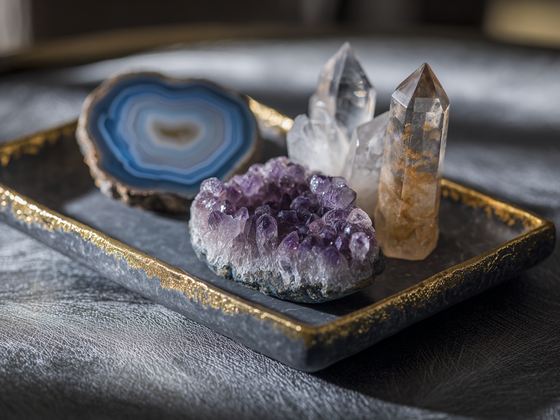

![Pigment analysis of Raphael's masterpiece[7][8] reveals the usual pigments of the renaissance period such as malachite mixed with orpiment in the green drapery on top of the painting, natural ultramarine mixed with lead white in the blue robe of Madonna and a mixture of lead-tin-yellow, vermilion and lead white in the yellow sleeve of St Barbara.](https://gemstonesinsider.com/wp-content/uploads/2025/09/Raphael-Madonna_Sistine_sm-560x420.jpg)
